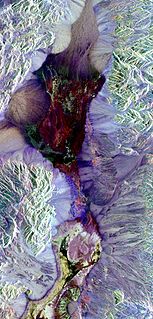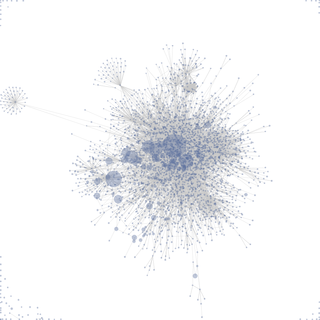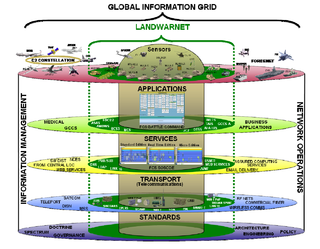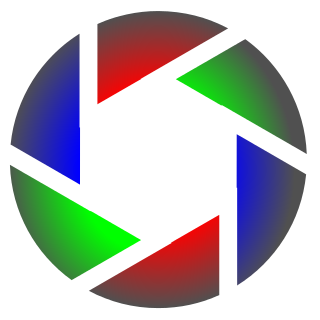This article has multiple issues. Please help improve it or discuss these issues on the talk page . (Learn how and when to remove these template messages)
(Learn how and when to remove this template message) Contents |
Edge Development Option (EDO) comprises a set of C++ computer libraries produced by Boeing that allows to quickly build 2D and 3D visualization software similar to Google Earth, in order to display satellite imagery and create virtual scenarios for displaying sensor, 3D models, 4D (time-dependent) tracks and for line-of-sight and smart volume analysis. EDO is a toolkit based on EDGE Whole Earth, a software program developed by a company named Autometric, now part of Boeing. While EDGE was initially mainly developed for SGI machines, EDO is mainly Windows-based. EDO retained much of EDGE's functionality but allowed greater flexibility for developers, i.e. the ability to integrate EDO functionality into their own application leveraging on EDO's libraries. Google Earth is the more famous heir to the 3D applications EDGE and EDO.[ citation needed ]
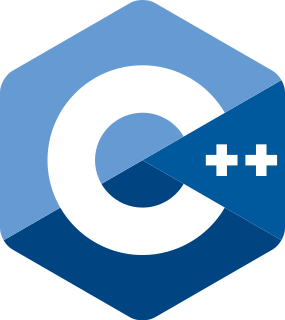
C++ is a general-purpose programming language that was developed by Bjarne Stroustrup as an extension of the C language, or "C with Classes". It has imperative, object-oriented and generic programming features, while also providing facilities for low-level memory manipulation. It is almost always implemented as a compiled language, and many vendors provide C++ compilers, including the Free Software Foundation, Microsoft, Intel, and IBM, so it is available on many platforms.

The Boeing Company is an American multinational corporation that designs, manufactures, and sells airplanes, rotorcraft, rockets, satellites, and missiles worldwide. The company also provides leasing and product support services. Boeing is among the largest global aircraft manufacturers; it is the fifth-largest defense contractor in the world based on 2017 revenue, and is the largest exporter in the United States by dollar value. Boeing stock is included in the Dow Jones Industrial Average.

Google Earth is a computer program that renders a 3D representation of Earth based primarily on satellite imagery. The program maps the Earth by superimposing satellite images, aerial photography, and GIS data onto a 3D globe, allowing users to see cities and landscapes from various angles. Users can explore the globe by entering addresses and coordinates, or by using a keyboard or mouse. The program can also be downloaded on a smartphone or tablet, using a touch screen or stylus to navigate. Users may use the program to add their own data using Keyhole Markup Language and upload them through various sources, such as forums or blogs. Google Earth is able to show various kinds of images overlaid on the surface of the earth and is also a Web Map Service client.
However, unlike Google Earth, EDO and EDGE were not just 3D or 2D visualisation applications, but they allowed for analysis, e.g. line of sight analysis, and therefore were also used for military applications. EDO provides a continuous display of surveillance and reconnaissance sensors’ positions and fields-of-view, including terrain constraints. The open interface can also deliver real-time data surveillance and reconnaissance feeds using data displayed in a 3-D visualization environment. With precision sensor analysis, satellites and air and ground-based platforms, essential intelligence can be collected in real time. For these reasons, a licensed copy of EDO was also installed in the White House.[ citation needed ] In addition, outside the United States, the Australian Defence Force uses a licensed copy of this software (FORCE LEVEL EW IN THE AUSTRALIAN DEFENCE FORCE by Anthony Finn, Greg Chalmers, and Adrian Pincombe).

The White House is the official residence and workplace of the President of the United States. It is located at 1600 Pennsylvania Avenue NW in Washington, D.C. and has been the residence of every U.S. President since John Adams in 1800. The term "White House" is often used as a metonym for the president and his advisers.
In 2005, EDO was renamed BDO (BattleScape Developer option), and a full-fledged application, named BattleScape, was released together with the toolkit. Mark Turner was the first lead engineer for BDO, followed by Brian Griglak and since 2010 by Valentino Zocca.
